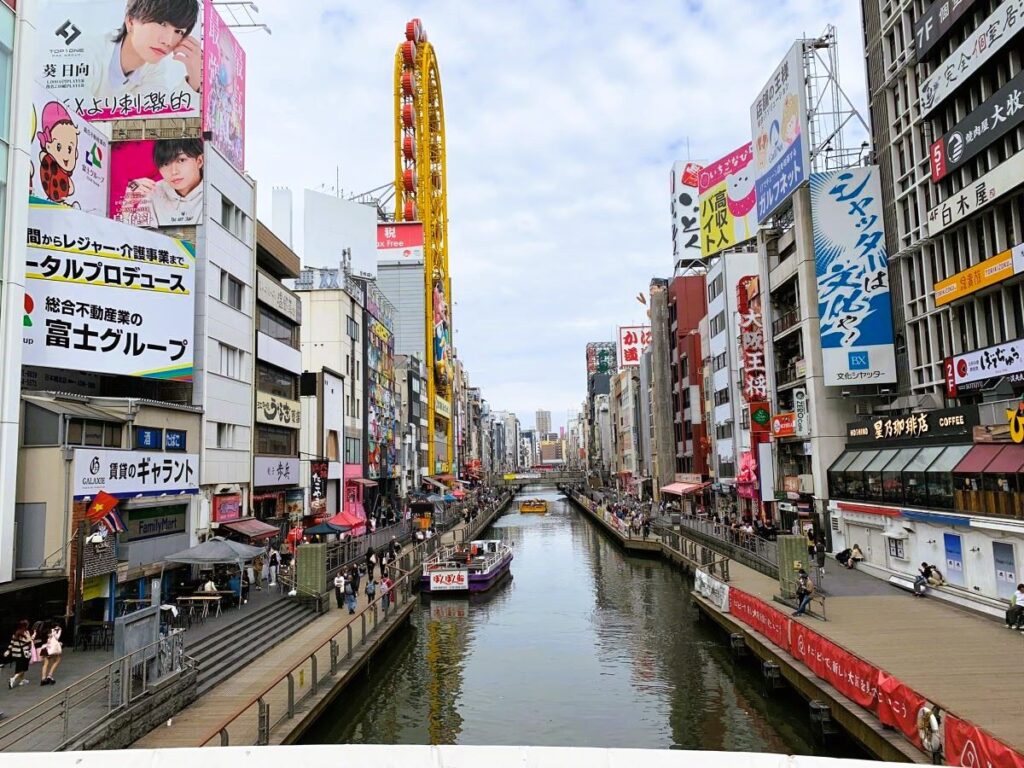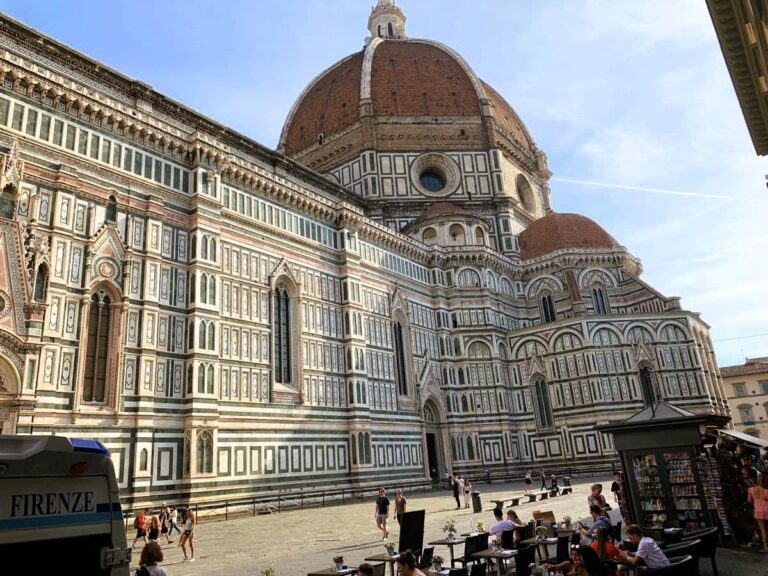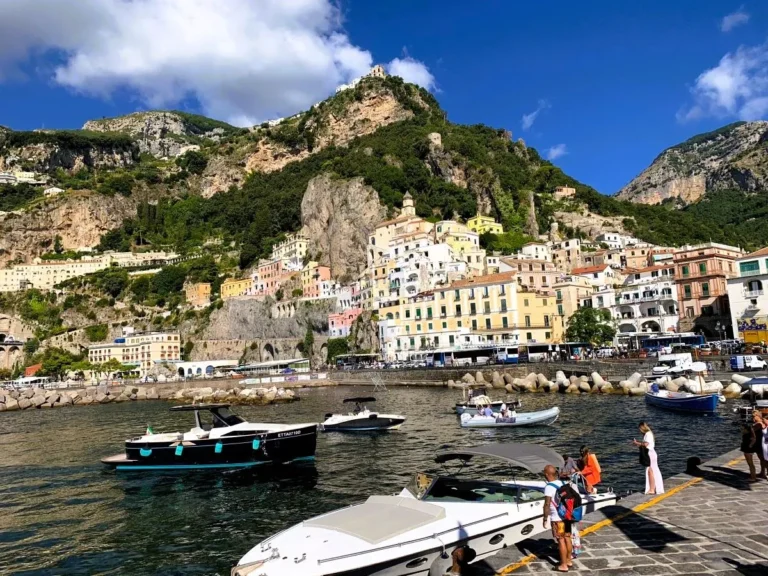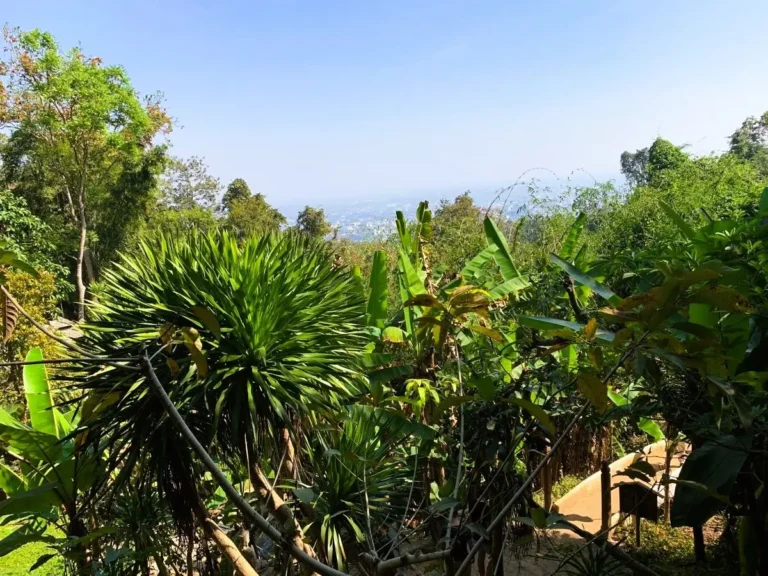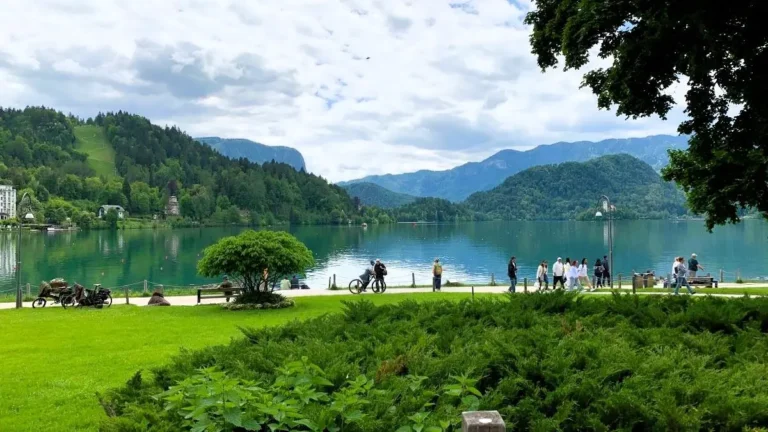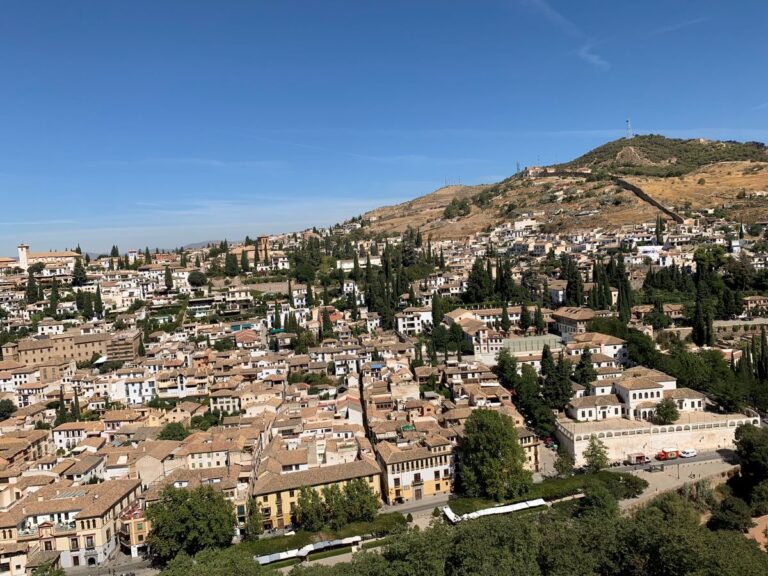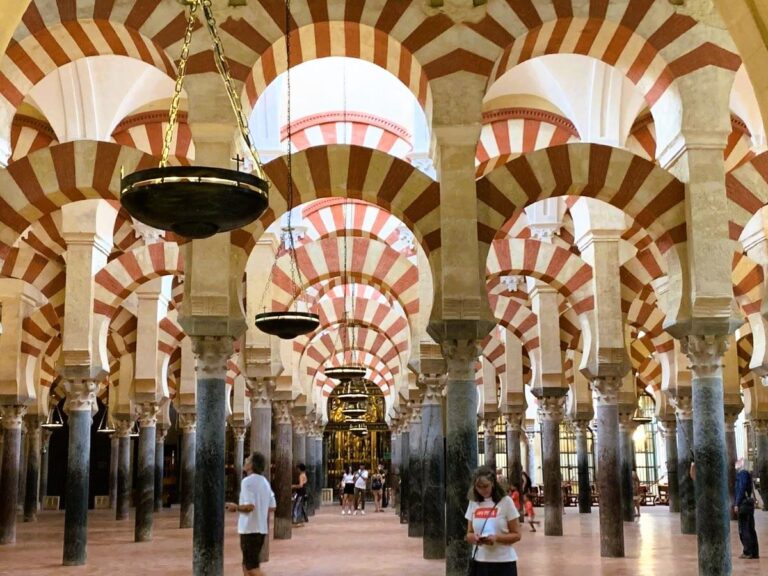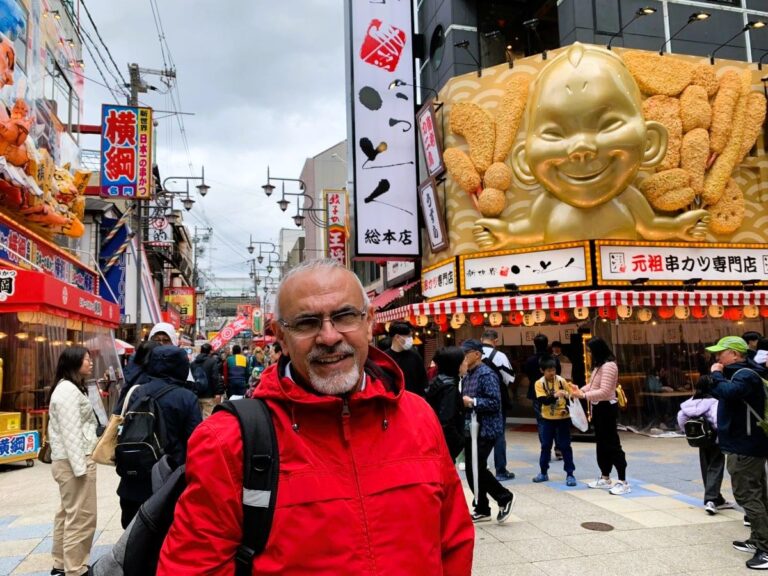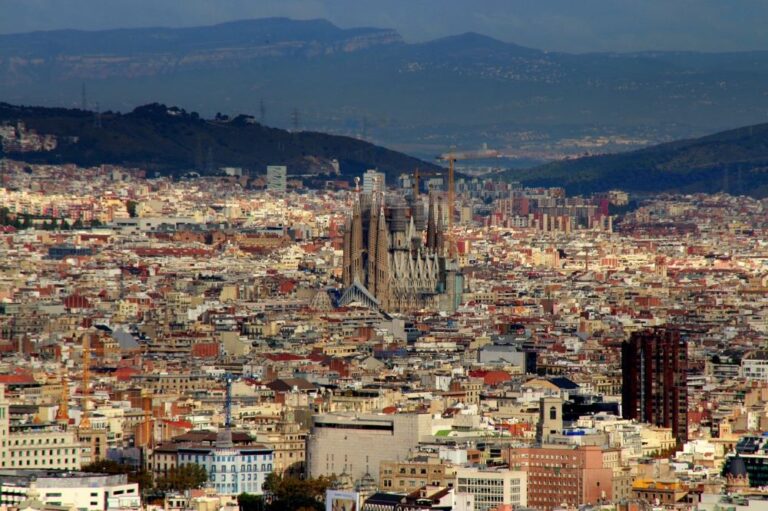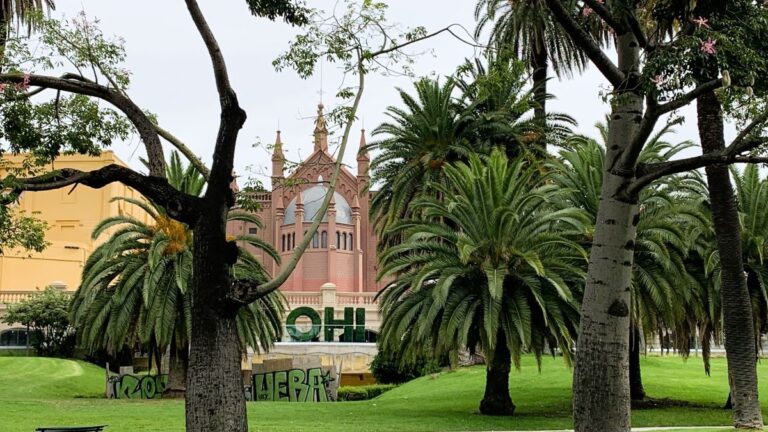Kyoto Travel Guide: Temples, Food, Culture & Where to Stay
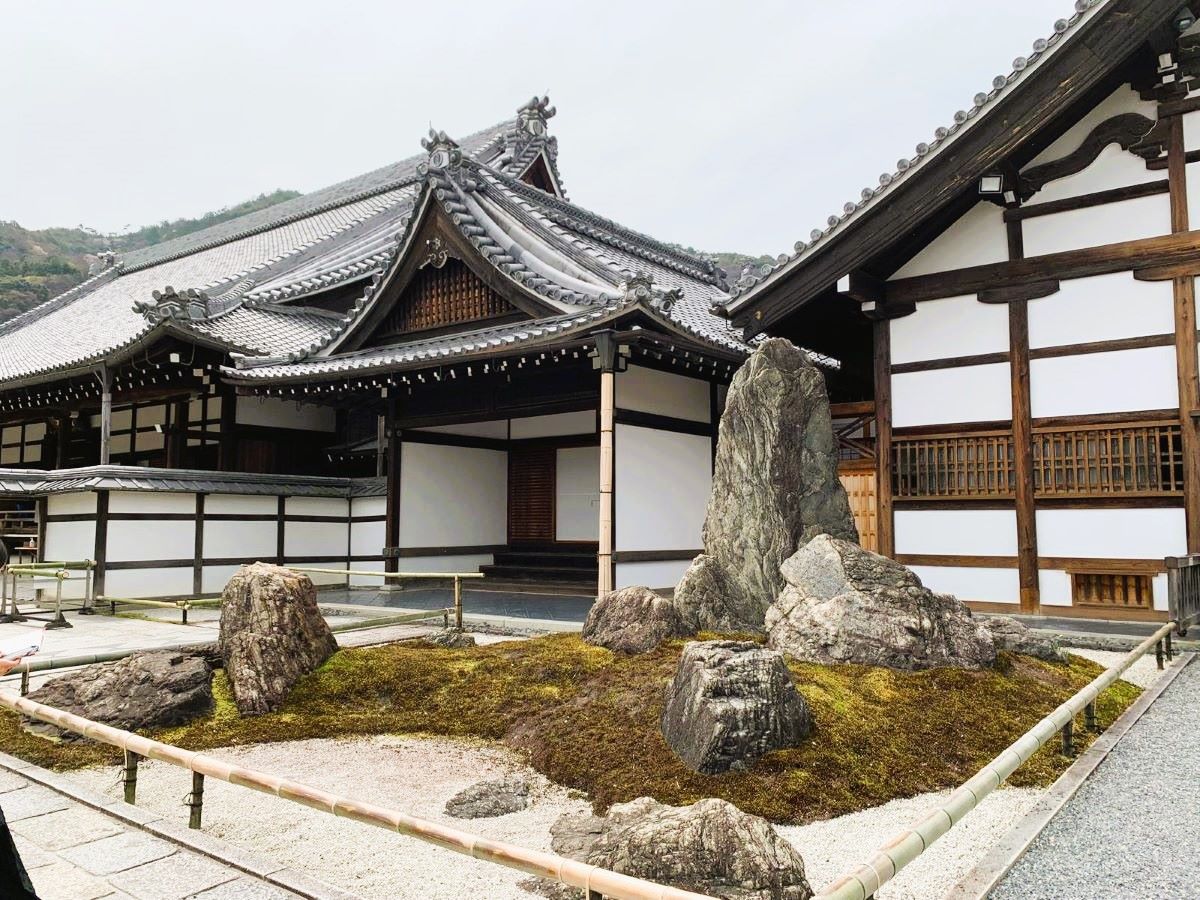
Planning a trip to Japan? This Kyoto travel guide will show you why the city is one of the most unforgettable destinations in the country.
Known as Japan’s cultural capital, Kyoto blends centuries-old temples, traditional tea houses, and stunning gardens with vibrant neighborhoods and delicious food.
Whether you want to walk through lantern-lit alleys in Gion, explore bamboo groves in Arashiyama, or enjoy matcha treats at Nishiki Market, Kyoto offers a perfect mix of history, culture, and charm.
If you’re looking for the best temples to visit, foods to try, and neighborhoods to stay in, this Kyoto travel guide has everything you need to make the most of your trip.
Why Visit Kyoto?
Kyoto was Japan’s imperial capital for over a thousand years, and you can still feel that legacy everywhere you go. More than 1,600 temples and shrines, peaceful gardens, and well-preserved neighborhoods tell stories of Japan’s past. For a brief history of Kyoto visit The History of Kyoto: Japan’s Former Capital.
But Kyoto isn’t just about history—there’s also vibrant shopping, hidden cafes, and plenty of modern touches alongside the old-world charm.
It’s the perfect destination if you want a taste of traditional Japan, with enough variety to keep you engaged for several days.
If you’re short on time, you can still experience the best of the city with a carefully planned itinerary. Check out my 3-Day Kyoto Itinerary for a detailed day-by-day guide that covers Kyoto’s top temples, food spots, and cultural experiences.
Top Things to See and Do in Kyoto
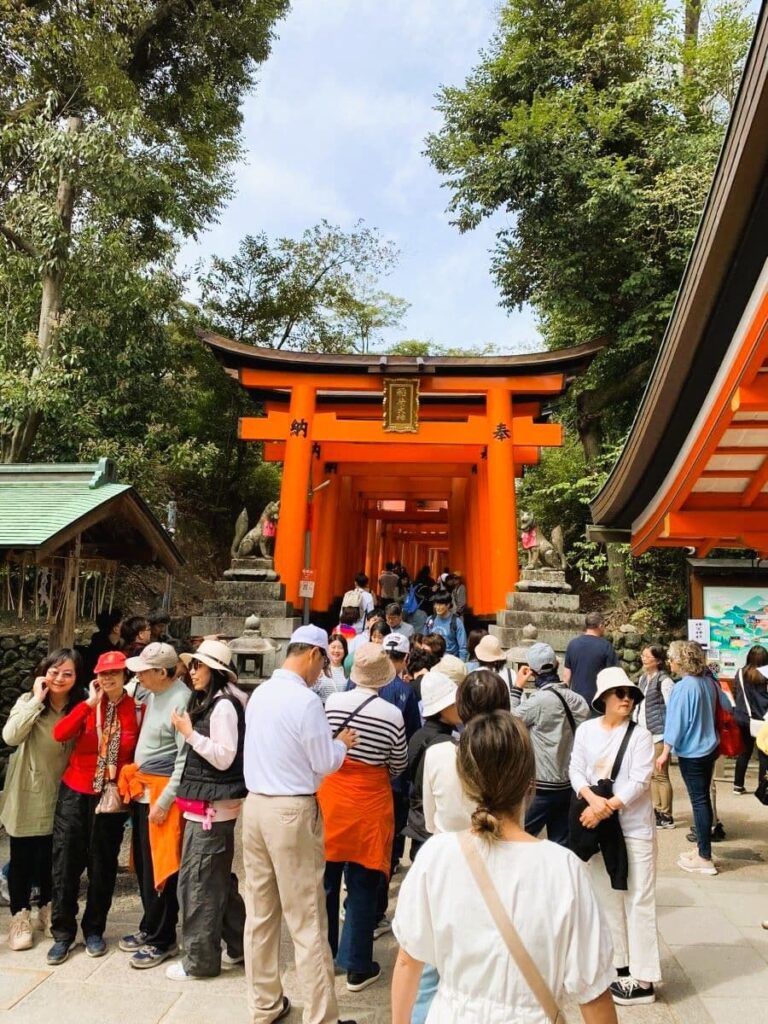
- Fushimi Inari Shrine – Famous for its thousands of bright red torii gates winding up the hillside. Go early morning or late evening for fewer crowds.
- Kinkaku-ji (Golden Pavilion) – A golden Zen temple shimmering over a reflective pond—one of the most iconic images of Kyoto.
- Arashiyama Bamboo Grove – Stroll through towering bamboo stalks, and don’t miss the nearby Monkey Park for sweeping city views.
- Kiyomizu-dera Temple – Perched on a hillside, this temple offers breathtaking views of Kyoto, especially during cherry blossom and autumn foliage seasons.
- Gion District – Kyoto’s historic geisha district. Walk along Hanamikoji Street in the evening to see the old wooden teahouses come alive.
- Tea Ceremony – Experience Japan’s deep-rooted tea culture by joining a traditional tea ceremony in one of Kyoto’s tea houses.
While in Arashiyama, don’t miss the Sagano Romantic Train, a scenic ride that takes you through breathtaking valleys, especially beautiful during cherry blossom and autumn foliage seasons. It’s a highlight for travelers who want to experience Kyoto’s natural beauty from a different perspective.
Kyoto Culture and Traditions
Kyoto is where you’ll see Japan’s traditions at their most alive. From seasonal festivals and kimono-clad locals to centuries-old craftwork, the city preserves a slower, more graceful rhythm.
Respect and mindfulness play a big role here, whether you’re visiting a temple, enjoying a meal, or simply walking through a quiet street.
One highlight is the chance to spot (or meet) a geisha or maiko (apprentice geisha)—a truly unique Kyoto experience that you won’t find elsewhere in Japan.
Kyoto Food Guide: What to Eat
Kyoto’s food scene is as much a part of its charm as its temples. Some must-try dishes and experiences include:
- Kaiseki – A multi-course meal that’s as much art as it is dining. Expect seasonal ingredients and exquisite presentation.
- Yudofu (Tofu Hot Pot) – Often served at temple restaurants near Nanzen-ji.
- Matcha Treats – From matcha ice cream to matcha tea ceremonies, Kyoto is the heart of Japan’s green tea culture.
- Nishiki Market – Known as “Kyoto’s Kitchen,” this lively market is packed with local street foods, snacks, and fresh produce.
Even simple meals here feel special—don’t miss sitting down in a cozy noodle shop after a long day of sightseeing.
Getting Around Kyoto
Kyoto doesn’t have the extensive subway system of Tokyo, but it’s easy to navigate:
- Buses – The city’s main way of reaching temples and attractions. Consider buying a day pass if you plan to use them a lot.
- Subway – Limited but efficient for central areas.
- Trains – Handy for getting to Arashiyama, Fushimi, and nearby cities like Nara or Osaka.
- Biking – Kyoto is bike-friendly, and renting a bicycle is a great way to explore at your own pace.
- Walking – Many of Kyoto’s best neighborhoods, like Gion or Higashiyama, are best explored on foot.
Tip: Google Maps works very well for planning routes in Kyoto.
Kyoto is also a fantastic base for exploring nearby cities like Osaka and Nara, but if you only have limited time, even a day trip to Kyoto is worth it. With efficient train connections, you can easily see some of the city’s highlights in just one day
Best Neighborhoods to Stay in Kyoto
Choosing the right neighborhood can make your trip even better:
- Gion & Higashiyama – Stay here if you want to be surrounded by old Kyoto charm, with temples, teahouses, and historic streets right at your doorstep.
- Downtown Kyoto (Kawaramachi & Shijo) – Great for shopping, restaurants, nightlife, and easy transportation connections.
- Kyoto Station Area – Convenient if you’re arriving by Shinkansen or planning day trips. Lots of hotels and good transport options.
- Arashiyama – For a quieter stay near bamboo groves, temples, and nature, though it’s farther from the city center.
Final Thoughts on This Kyoto Travel Guide
Kyoto is a city where history, culture, and natural beauty come together in the most unforgettable way. From exploring iconic temples like Fushimi Inari and Kinkaku-ji to strolling through the bamboo forests of Arashiyama and tasting matcha treats in Nishiki Market, every corner of Kyoto offers something special.
Whether it’s your first trip to Japan or a return visit, this Kyoto travel guide gives you everything you need—what to see, what to eat, how to get around, and the best areas to stay. Use it to plan your trip and experience the timeless charm of Japan’s cultural heart.
Other related posts if you’re planning to travel around Japan:
Other Recent Posts:
-
The Best Florence 3-Day Itinerary For First Timers (Landmarks, Views, And Food)
Planning a trip to Florence? Awesome! You’re in for a treat! Florence packs centuries of art, culture, and history into streets that are super easy to wander on foot. This Florence 3 day itinerary is built for first-time visitors who want the big sights, plus time to eat well, shop a little, and wander without…
-
Your Ultimate 3-Day Itinerary in Rome (First-Time Visit Guide)
Arriving in Rome, the Eternal City, for the first time feels like stepping into a living history book. I’m not kidding. Everywhere you turn you find ancient ruins, renaissance churches, and fountains, sometimes sharing the same charming streets. The city buzzes with energy, from the scooters zipping by to the lively piazzas filled with people…
-
The Ultimate Italy Travel Guide for First‑Time Visitors (Simple, Honest Tips)
Italy is one of those places that lives in your head long before you land. Ancient ruins, quiet churches, busy piazzas, long dinners, and trains that carry you from city to city like scenes in a film. When friends ask me where they should go on their first big trip to Europe, Italy is usually…
-
Travel Chiang Mai, Thailand: A Calm Base for Temples, Markets, and Food
Your Ultimate Travel Chiang Mai Thailand Guide Chiang Mai sits in a green valley in northern Thailand, ringed by low mountains and crowned by temples that have been there for centuries. Key Takeaways: This Travel Guide to Chiang Mai, Thailand also shares a simple 3-day plan you can follow without stress. The Old City, with…
-
Lake Bled Day Trip: The Perfect First-Time Adventure from Ljubljana
Welcome! If you’re spending time in Ljubljana and want to experience Slovenia’s most magical landscapes, a Lake Bled day trip from Ljubljana is an easy choice. With its glacial blue water, Lake Bled Island at its center, and Bled Castle perched high on the cliffs, this spot looks straight out of a fairytale—no need for…
-
Best Things to Do in Ljubljana, Slovenia (First-Time Visitor’s Guide)
Welcome! Thank you for visiting my blog about the best things to do in Ljubljana! In this guide I’ll share my own favorite spots and handy tips, best places to eat and some local insights you might not find elsewhere. Ljubljana, the charming capital of Slovenia, is stunning! The architecture is breathtaking! I promise you,…



